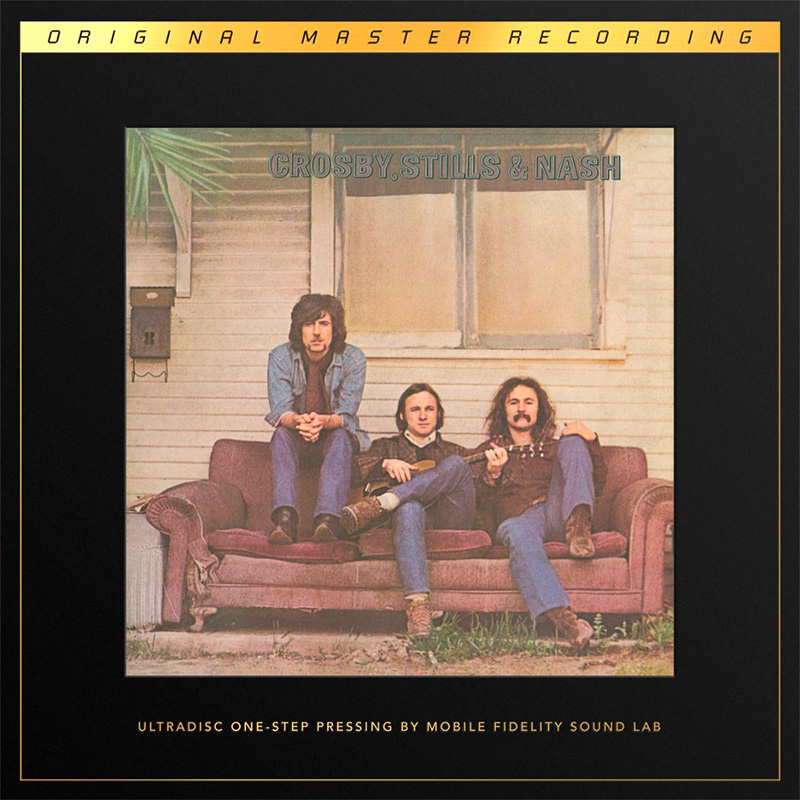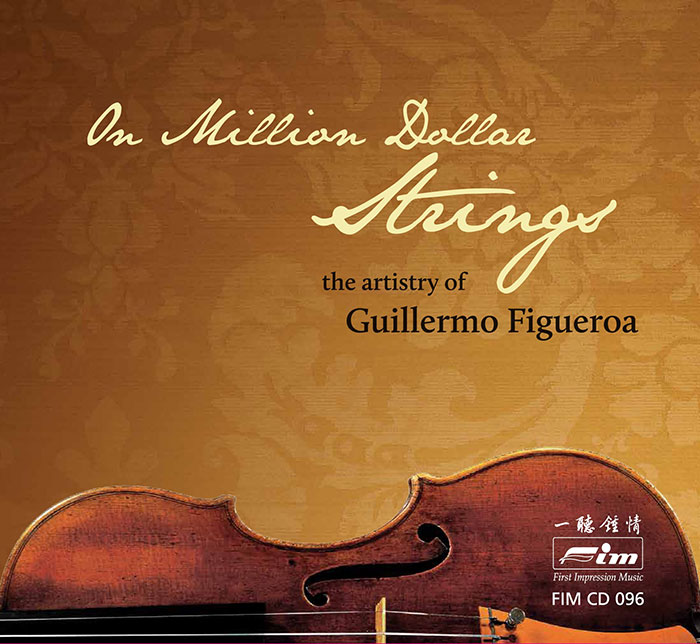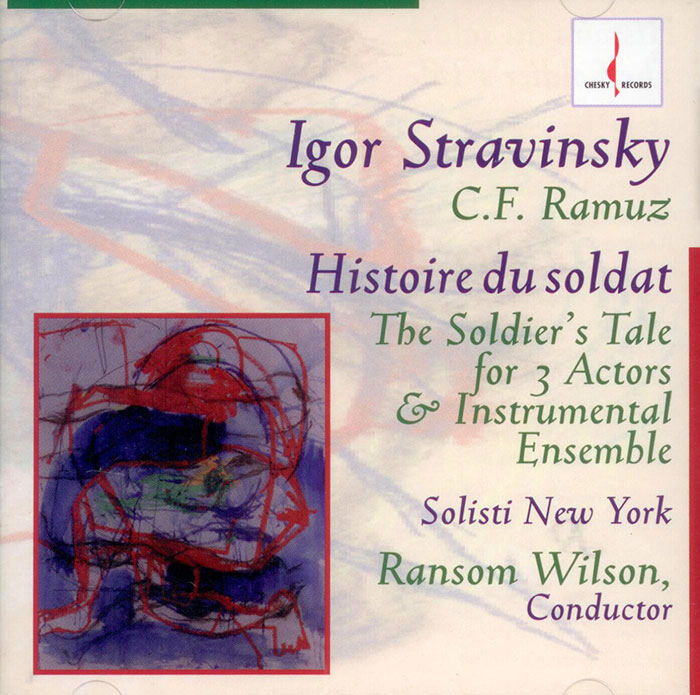Logowanie
OSTATNIE EGZEMPLARZE
Jakość LABORATORYJNA!
ORFF, Gundula Janowitz, Gerhard Stolze, Dietrich-Fischer Dieskau, Deutsche Oper Berlin, Eugen Jochum
Carmina Burana
ESOTERIC - NUMER JEDEN W ŚWIECIE AUDIOFILII I MELOMANÓW - SACD HYBR
Winylowy niezbędnik
ClearAudio
Essence MC
kumulacja zoptymalizowana: najlepsze z najważniejszych i najważniejsze z najlepszych cech przetworników Clearaudio
Direct-To-Disc
PIAZZOLLA, ChamberJam Europe
Tangos del Ángel y del Diablo
Direct-to-Disc ( D2D ) - Numbered Limited Edition
STRAVINSKY, Solisti New York, Ransom Wilson
L'Histoire Du Soldat
Stravinsky - R. Wilson - Solisti New York - L'Histoire Du Soldat (Chesky)
01. Part I - The Soldier's March (1:50)
02. Part I - On The Bank Of A Stream (1:15)
03. Part I - Airs By A Stream (2:38)
04. Part I - An Offer From The Devil (5:13)
05. Part I - The Soldier'S March - Reprise (1:47)
06. Part I - Joseph Tries To Go Home (3:50)
07. Part I - Pastoral (3:01)
08. Part I - Confronting The Devil (2:56)
09. Part I - Pastoral - Conclusion (0:48)
10. Part I - Profiting From The Devil'S Book (3:00)
11. Part I - Airs By A Stream - Reprise (0:47)
12. Part I - Joseph Laments His Fate (4:12)
13. Part I - Airs By A Stream - Reprise (0:51)
14. Part II - The Soldier'S March - Reprise (1:41)
15. Part II - Coming To Another Land (2:39)
16. Part II - The Royal March (2:40)
17. Part II - An Invitation From The King, And A Game Of Cards With The Devil (6:37)
18. Part II - The Little Concert (2:59)
19. Three Dances - I Tango (2:22)
20. Three Dances - II Valse (1:55)
21. Three Dances: III Ragtime (2:09)
22. Three Dances - The Devil Approaches, In Agony (0:35)
23. Three Dances - The Devil'S Dance (1:21)
24. Three Dances - Little Chorale (0:47)
25. Three Dances - The Devil'S Song (0:44)
26. Three Dances - Great Chorale (4:19)
27. Three Dances - A Forbidden Attempt To Go Home Again (1:10)
28. Three Dances - Triumphal March Of The Devil (2:16)
- Solisti New York - orchestra
- Ransom Wilson - conductor
- STRAVINSKY
High Resolution Technology 128x Oversampling
Wersja pełna.
L'Histoire du soldat (The Soldier's Tale) is a theatrical work "to be read, played, and danced" ("lue, jouée et dansée") by three actors and one or several dancers, accompanied by a septet of instruments. The piece was conceived byIgor Stravinsky and Swiss writer C. F. Ramuz based on a Russian folk tale (The Runaway Soldier and the Devil) drawn from the collection of Alexander Afanasyev.[1]
The libretto relates the parable of a soldier who trades his fiddle to the devil in return for unlimited economic gain. The music is scored for a septet of violin, double bass, clarinet, bassoon, cornet (often played on trumpet), trombone, andpercussion, and the story is told by three actors: the soldier, the devil, and a narrator, who also takes on the roles of minor characters. A dancer plays the non-speaking role of the princess, and there may also be additional ensemble dancers.

























